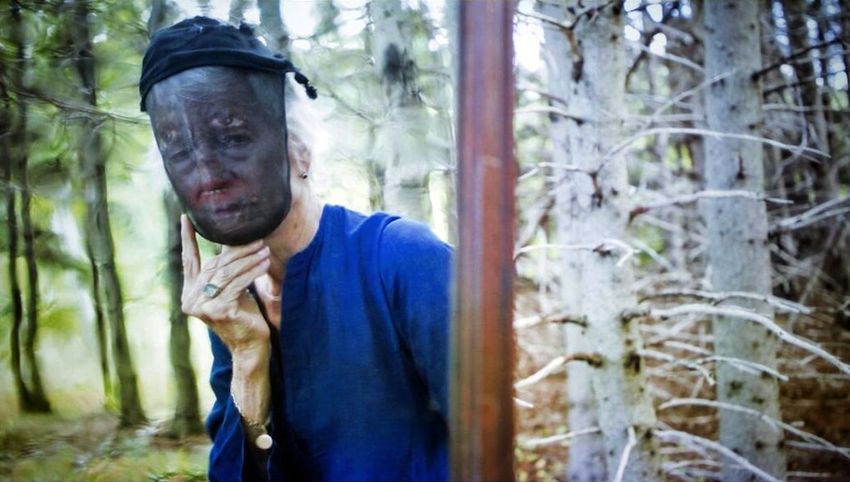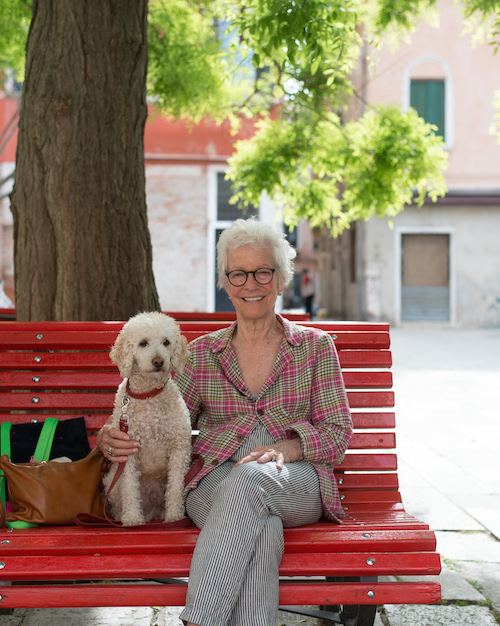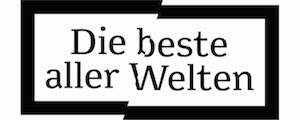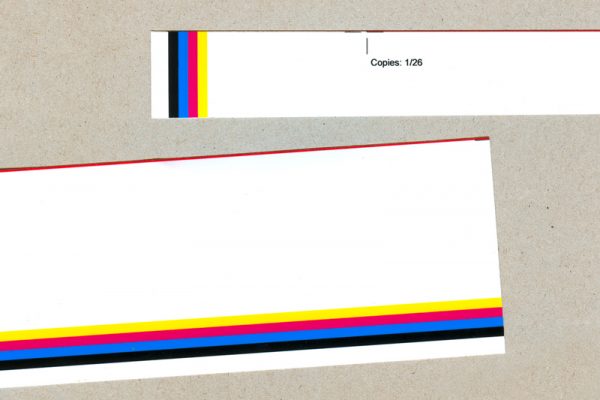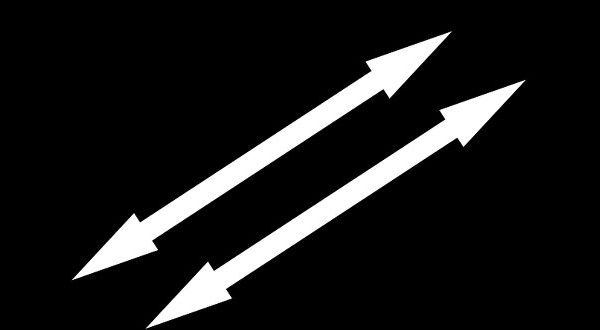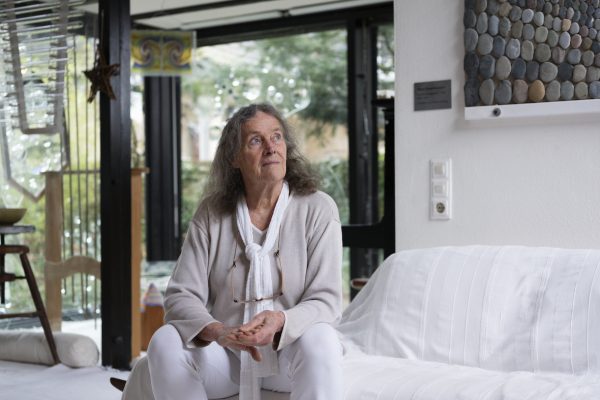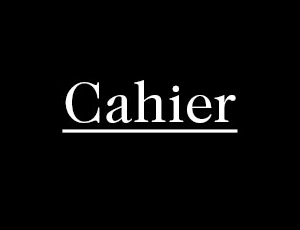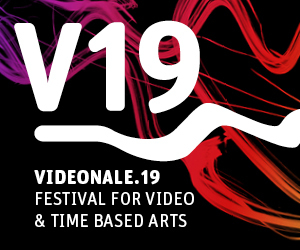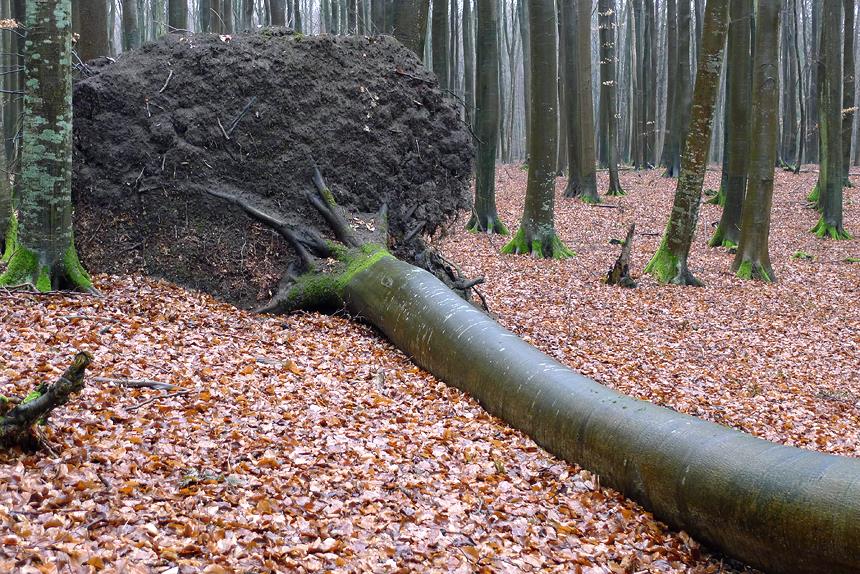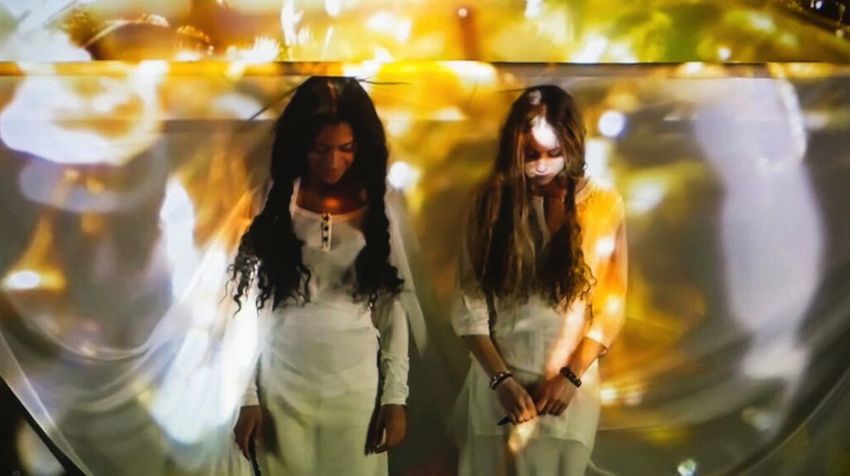
Joan Jonas
Sie sorgt sich um die Schwächsten und widmet ihnen in Venedig einen Pavillon: Joan Jonas schafft bei der Biennale eine mystische Welt, in der Kinder in weißer Kleidung den Bienentanz performen, Fische an den Wänden schwimmen und Geistergeschichten den Raum erfüllen. Bei ihrer Arbeit ist der großen Dame amerikanischer Performance-Kunst vor allem einer unerlässlich: Pudel „Ozu“. Von Caroline Nathusius und Marion Ritter
If I remember well, you live outside of New York City?
I live in Manhattan but I have a house in the country, in Cape Breton. And I go there every summer.
Is nature a main source of inspiration for you?
Nature is one of the sources of inspiration. But I use landscapes as backdrops. It’s all about content, in the background, because I do a lot of work out there. I have time and so I record and collect things.
I also go to places, like Norway – when I have a specific idea – or to Iceland, in relation to a specific text or project. So, landscape is a large part of my work, but I also shoot indoors, I make sets in my house, I shoot my performances, which are all indoors, so it’s a kind of balance.
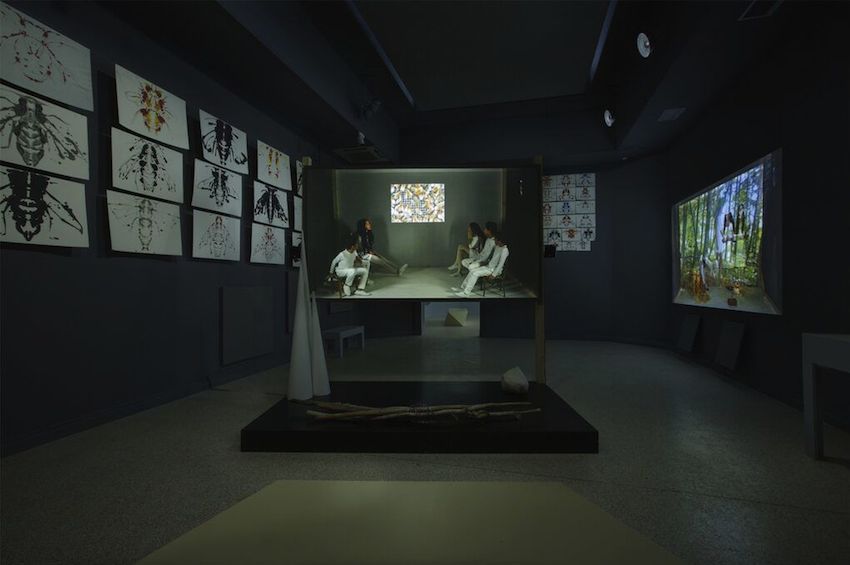
installation view of joan jonas’s ‘they come to us without a word (bees)’, 2014-2015 the US pavilion at the 56th international art exhibition – la biennale di venezia commissioned by the MIT list visual arts center, photo by moira ricci
Does your dog Ozu help in anyway – does he inspire you during long walks?
Well my dog probably assists me in my life, you know, because I have to walk a lot with the dog, the dog needs a lot of walking, so that’s very healthy. My other dog, Zina, which is in this pavilion, the white dog. She was a great performer. I would just set up my camera and start working in front of it, and she would join me, and I never told her what to do, except I did teach her to jump through a hoop. And I included that because I wanted her to be in this pavilion.
My work is not that well known to a wider audience. I included a few fragments from my early work, such as Zina jumping through the hoop, because it fit in with the theme of children. But I also put the technical element of the vertical roll on the monitor in the mirror room, integrating it into the video that I made with my present dog, Ozu, because I wanted to refer to my 1972 video „Vertical Roll.“
Do you like postcards? I brought you some, here from Venice. I thought you might like them. They look like from the 60ies and quite unreal.
Oh, thank you. It’s true I wouldn’t have bought some. Look at them, they look so eastern.
Have you had a chance to see the biennale yet?
No not yet. I just had a chance to see the pavillons around where I am. I think the Swiss Pavillon is interesting and the Nordic one is also very beautiful. I like Sarah Lucas’s work, especially the one at the entrance. I am so sympathetic to her work. It’s a complicated thing to do.
Now you know it yourself …
Of course. I knew it when I was asked.
You have seen the American Pavilion many times …
Yes. Somebody asked me yesterday if I ever imagined being in there. They have this idea that American artists imagine being in the pavilion. I don’t think anybody imagines: What if they asked me. You have to put a lot of effort in an idea so I didn’t do that until I was invited.
How do you feel about the American pavillion: Do you think you represent the United States of America?
I really don’t think that way. No. I think I represent my friends and colleagues and a community of a lot of people I don’t personally know, but that are supportive. This is a particular segment of the United States.

installation view of joan jonas’s ‘they come to us without a word (mirrors)’, 2014-2015 the US pavilion at the 56th international art exhibition – la biennale di venezia commissioned by the MIT list visual arts center, photo by moira ricci
I was wondering if women artist of your generation have to achieve a certain age to get invited. What do you think?
More women are asked now for sure. Well, there are more visible women artists now, then there used to be. Comparitively speaking, there were very few female artists represented in major shows in the sixties and seventies.
But it is a very good timing to do it now. I would not have been able to cope with it in the same way before.
Can you tell us something about your upcoming performance in Venice?
I have to think what actually is going into the performance.
The only thing that I know about my performance now, is that I will continue – What I always do with my performances that come out of the work: I take the backdrops that were used in the studio with the children, and I re-edit them and I think about how I can use them in the performance, but I also work with new projections. I have a projection screen in the studio I am working in.
I try to work with new images. I will put in things that I could not include in the pavilion. The timing changes. It is a different concept. It might be more than an hour longe. Thinking about the American pavilion, you really can’t have time based works longer than a certain length, because of the traffic going through in this kind of situation.
So I really thought from the beginning that the video should be quite short – and that’s why they are about four minutes long. So I’ll extend those moments and work with the material in a different way.
Will Ozu be part of the performance?
Well, he might be, I don’t know. He will be here. I will bring him back. You know he has gotten quite good at being in crowds, it’s interesting. First of all, Venice is great for dogs, and then we have been in all these crowds. And he is getting used to it, so he might be okay on a stage.
I never had my dogs in live performances, you know, but I think this is the time.
Thank you, Joan!
Dieses Gespräch erscheint im Rahmen von Die beste aller Welten – Eine ex- und diskursive Ausstellungs- und Veranstaltungsreihe zu Kunst und Gesellschaft.

